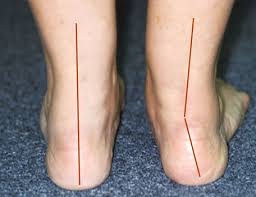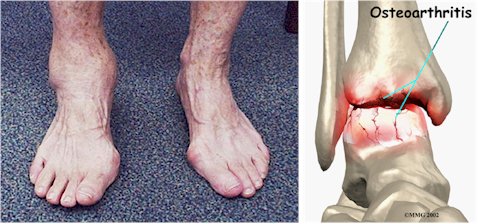For Posterior Tibial Tendon Dysfunction (Adult Acquired Flatfoot) studies have shown that at least 50% of patients can avoid surgery by wearing a custom AFO device such as the Richie Brace®. Wearing the Richie Brace after ankle sprains and other foot injuries will support the foot and ankle, allowing for faster healing times.
Most Richie Brace® prescriptions are for one foot only although some conditions require bilateral (both feet) braces. When only one foot is wearing the brace, the other foot should be supported with either a foot orthotic or a heel lift of similar height as the Richie Brace®.
It takes four to five weeks from the time of casting of the patient for the finished custom Richie Brace to be ready for your fitting appointment. We will book your fitting appointment following your casting.
It depends on the pathology but once fitted with a Richie Brace you will be followed up for your first review in the first 6-8 weeks. However, if there are any questions or concerns, contact our clinic and we will make your review appointment sooner.
Studies have shown that bracing can be very effective in preventing ankle sprains, ankle strains and other foot and ankle injuries, especially in sports such as basketball, football and soccer.
The Richie Brace® was originally designed for sports applications. Still today, there is no ankle brace that fits or functions properly with a custom foot orthotic footbed inside an athletic shoe except the Richie Brace. Moreover, most popular ankle braces do not fit in shoes well and do not support the foot. Thus, the Richie Brace® was born: a form fitted custom ankle brace that incorporates a foot orthotic. This brace is ideally suited to treat lateral ankle instability, tendon injuries around the ankle joint, and aid in recovery from Grade II and III ankle ligamentous injuries. The Richie Brace® has been used by many collegiate, professional and Olympic athletes with remarkable success.
The Richie Brace® is probably the most comfortable custom ankle-foot orthosis on the market today. Occasionally, patients will develop a “hot spot” or skin irritation around the ankles which can be quickly remedied with a modification. Just ring for a review and we will be able to fix the area of irritation in our Lab in Sligo.
For some conditions such as Adult Acquired Flat Foot, the average length of brace use is approximately one year. For other conditions such as drop foot, the brace will be worn for a lifetime. Other conditions such as ankle/subtalar arthritis will vary in the length of time of brace use from a few months to several years. We will continue to review you throughout your pathology and advice on your continued wear of the Richie Brace. The Richie Brace is durable and easily reconditioned for long term use.
No, the unique advantage of the Richie Brace® compared to other custom AFO devices is the fact that this brace does not require an increase in shoe size. This holds true for any appropriate shoe style which has a removable liner. By removing the liner, there is plenty of room to insert the Richie Brace® without compromising fit. We will advise you on suitable footwear for the brace before taking a cast. We will also ensure during your fitting appointment that the Brace fits your shoes.
No, the unique strap closure system of the Richie Brace® products allows simple application compared to other AFO devices. Basically, a single back strap must be opened and closed when fitting the Richie Brace®. For people who have difficulty feeding the back strap thru the slot in the limb upright, a modification is available which provides a long strap which is wrapped around the lower leg. We will provide videos, written instruction, and a demonstration on fitting to ensure you can put the brace on and take it off.
We will be able to replace any part of the Richie Brace that is worn out from wear. Just contact our clinic for a review appointment and bring in your brace.






